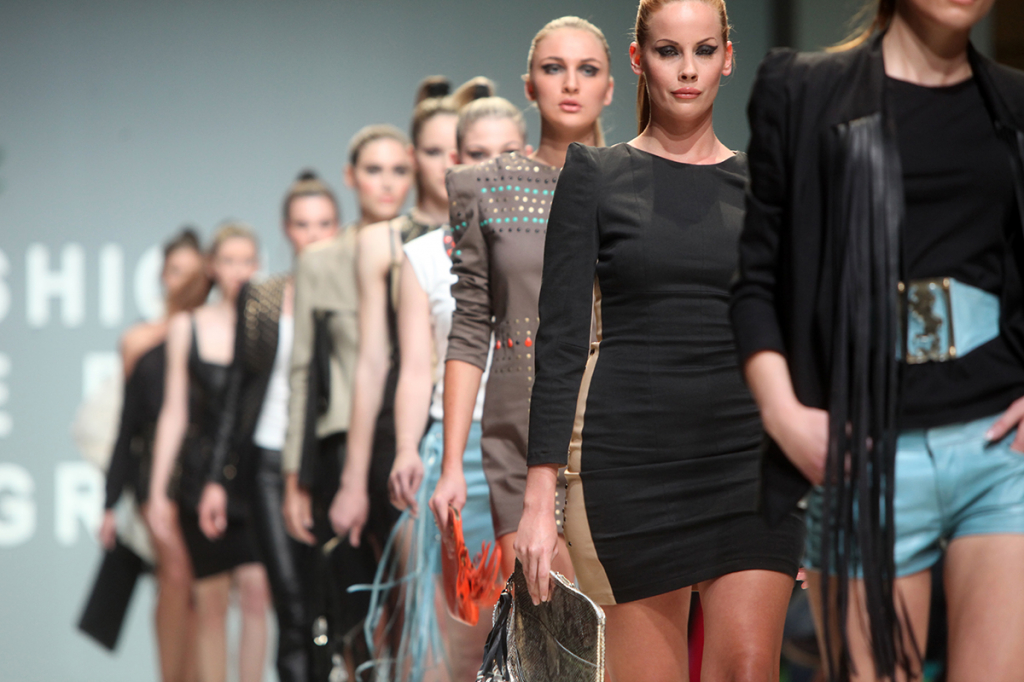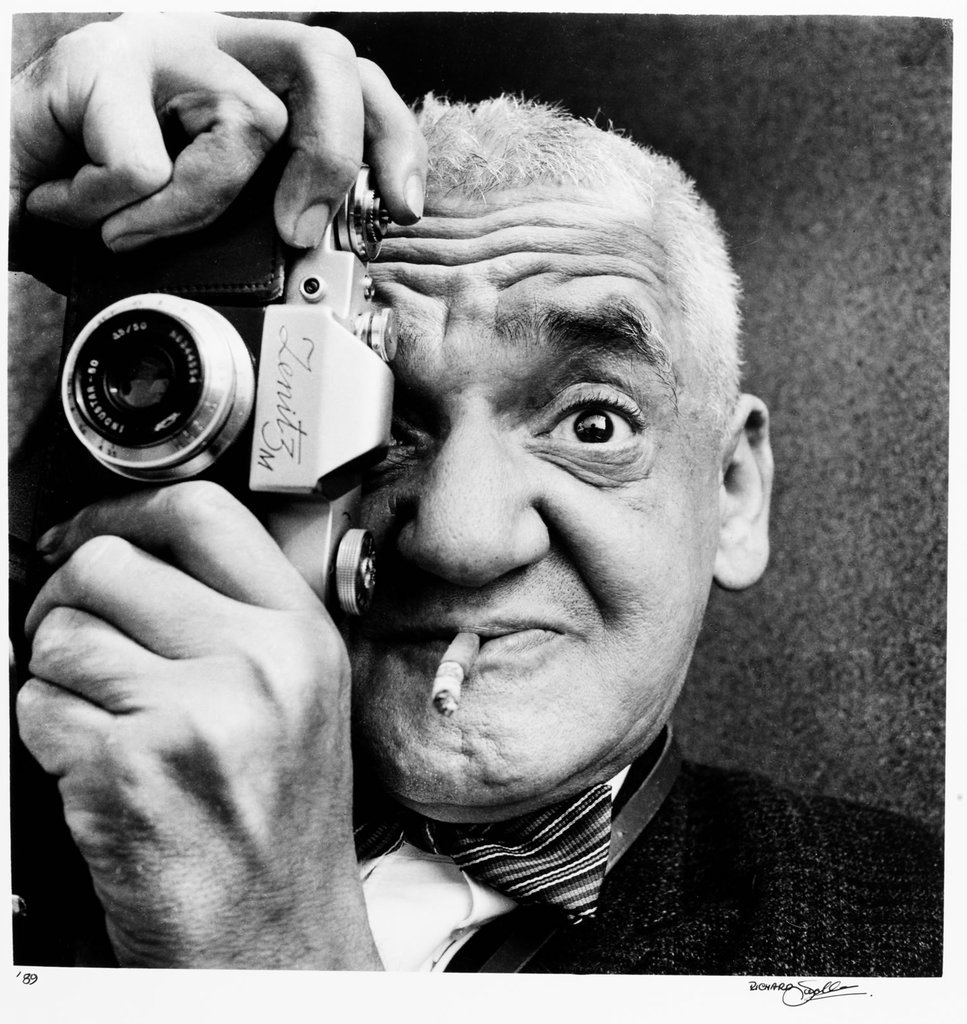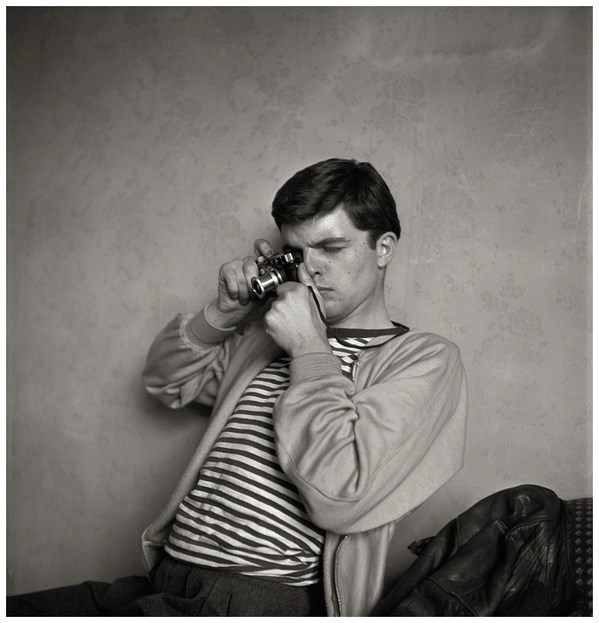y redefining
MERT ALAS – TURKISH STAR FASHION-PHOTOS
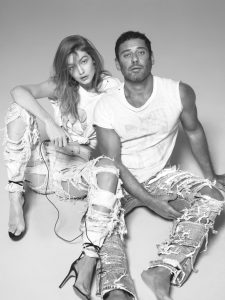 One of the most sought after photographers in the fashion industry, Mert Alas, was born in 1971 in Istanbul. His interest in glossy magazines showed up quite early. Murt’s father was a military pilot. Undoubtedly, the mother, who was a model in the 1960s, influenced the young man’s hobbies.
One of the most sought after photographers in the fashion industry, Mert Alas, was born in 1971 in Istanbul. His interest in glossy magazines showed up quite early. Murt’s father was a military pilot. Undoubtedly, the mother, who was a model in the 1960s, influenced the young man’s hobbies.
At age 19, Alas went to the UK. In London, he learned the language and found a job as a stylist. His path in photo modeling began after meeting Markus Piggott in 1994. At one of the photo shoots, a fateful meeting took place that marked the beginning of a creative duet. They had a lot in common in biography, professional preferences and hobbies. The guys rented the attic of an abandoned warehouse and equipped a small studio. Continue reading
HOW TO OBTAIN BEST RESULTS BY REMOVING AN ULTRA-WIDE ANGLE LENS
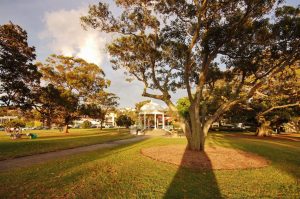 Today, most consumer DSLR lens kits are wide-angle. The 18 mm lens on the APS-C sensor camera (or 27 mm on the old 35 mm) is wide enough for most cases. Ultra-wide-angle lenses are characterized in that their focal length is less than 16 mm. It is here that new creative possibilities and new obstacles open up.
Today, most consumer DSLR lens kits are wide-angle. The 18 mm lens on the APS-C sensor camera (or 27 mm on the old 35 mm) is wide enough for most cases. Ultra-wide-angle lenses are characterized in that their focal length is less than 16 mm. It is here that new creative possibilities and new obstacles open up.
On crop sensor lenses, a focal length of 30-35 mm provides what we call the “normal” field of view, which is roughly equivalent to what the human eye sees. At 18 mm the field of view is almost two times wider, so it is possible to place many objects in the frame. At 12 mm you will again get 50% of the field of view, which is already very far from the “normal” – in this case, you need to turn your head to capture all the details. Continue reading
HOW TO PACK CORRECTLY PHOTO FOR DRAINS AND DO I NEED TO USE AN ARTIFICIAL INTELLIGENCE FOR THIS
 For a photographer who works with photo banks, high-quality images are half the success. In order for a photo to be commercially successful on stocks, it must be properly “packed”: the correct title must be selected for it and relevant keywords must be invented. In the language of drains, this is called “attribution” of the image. Without proper attribution, your picture, no matter how professional and fresh it may be, will simply be lost in a huge mass of stock images.
For a photographer who works with photo banks, high-quality images are half the success. In order for a photo to be commercially successful on stocks, it must be properly “packed”: the correct title must be selected for it and relevant keywords must be invented. In the language of drains, this is called “attribution” of the image. Without proper attribution, your picture, no matter how professional and fresh it may be, will simply be lost in a huge mass of stock images.
You need to know a few simple rules, practice in order to “get your hand”, and gain time and patience, because this work is painstaking and time-consuming. In addition, today there are many services that help automate this work. But ultimately, it’s up to you to work with content on your own or give a routine to neural networks. Continue reading
